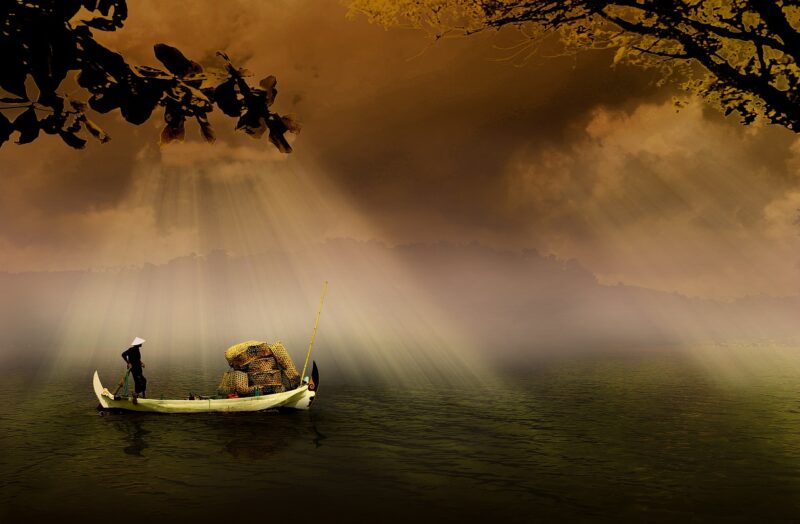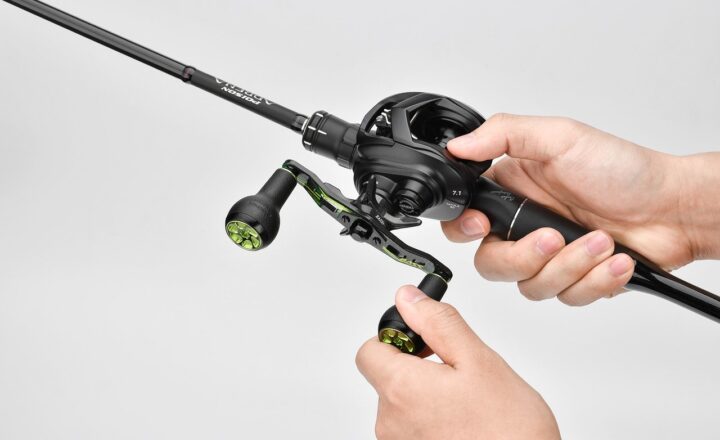Why Some Fish Are More Elusive Than Others: The Ultimate Challenge for Anglers
November 11, 2024

Fishing is a beloved pastime for many, but not all fish are created equal when it comes to their catchability. Some species seem to elude the most skilled anglers, becoming almost mythical in their reputation. This article explores the factors that contribute to the elusiveness of certain fish, providing insights into their behavior, habitat, and the strategies anglers can utilize to improve their chances of success.
1. Understanding Fish Behavior
Fish in the wild display various behaviors that significantly impact their catchability. Many anglers often find themselves facing frustration when they cannot hook the most sought-after species. Understanding the behavioral patterns of different fish can lead to better fishing strategies.
– Feeding Habits: The time of day, water temperature, and weather conditions can influence when and how fish feed. Predatory fish, such as bass and pike, may be more active during dawn and dusk, while others prefer the cover of night. Researching a species’ feeding behavior can critically influence when to fish.
– Schooling Behavior: Many fish travel in schools, while others are solitary. Schooling fish, such as sardines and mackerel, might be easier to catch if you identify their patterns, as they typically appear in large numbers. In contrast, solitary fish like the elusive trophy trout may require a more strategic approach.
– Stress Responses: Fish can become skittish when they sense danger. Environmental factors such as fishing pressure, water clarity, and noise can all contribute to a fish’s stress levels, causing them to retreat from areas where they previously fed openly.
2. Habitat Preferences
Understanding a fish’s habitat requirements is crucial in finding elusive species. Many fish have specific environmental needs that define their distribution.
– Shelter and Cover: Fish often seek out structures where they can hide from predators. This includes underwater vegetation, rocks, and submerged logs. Elusive species such as the flathead catfish utilize these structures strategically to avoid anglers.
– Water Conditions: Different fish thrive in various water conditions. Some prefer swift-moving rivers with gravel beds, while others choose slow-moving waters with silt. Knowing the optimal habitats can reduce time spent searching for these elusive fish.
– Migration Patterns: Many fish species undertake migratory patterns throughout the year, responding to seasonal changes. For instance, certain trout species migrate upstream to spawn, making them more challenging to catch during these periods. Being familiar with these patterns can greatly increase an angler’s odds of success.
3. Best Strategies for Catching Elusive Fish
Having an arsenal of effective techniques is essential for anglers wishing to catch more elusive fish species. Here are some strategies that can enhance your fishing success:
– Patience is Key: Understanding that some fish are not easily caught requires a patient and persistent mindset. It may take hours or even days to catch elusive fish. Being prepared physically and mentally allows anglers to wait for the right moment.
– Use the Right Gear: Employing the appropriate equipment can make a significant difference. This includes the right rod, reel, line, and bait tailored to the specific fish species you’re trying to catch. Using more natural, subtle presentations can often lead to better results with wary fish.
– Stealth: Fish can sense vibrations and disturbances in the water. Approaching their habitat quietly and minimizing noise can make a substantial difference. Whether it’s a gentle boat drift in the water or slow wading into a stream, being stealthy helps prevent scaring fish away.
– Local Knowledge: Talking with local anglers and researching specific fishing hotspots are excellent ways to gain insights into where elusive fish are being caught. Knowledge of fishing seasons and trends can also guide your efforts effectively.
4. Case Studies of Elusive Fish Species
Several fish species are commonly regarded as elusive, providing anglers with exciting challenges. Here are a few notable examples and why they tend to be more challenging than others:
– Bonefish: Known as the “ghosts of the flats,” bonefish are incredibly fast and adept at evading fishermen. Their sensitivity to shadows and noise makes them one of the most challenging species to hook.
– Tarpon: Tarpon provide thrilling fights but are known for their reluctance to bite. Their unique feeding habits and the time they spend near the surface make them tricky targets, requiring specialized techniques to catch.
– Muskellunge: Often referred to as “the fish of ten thousand casts,” muskies are famous for their size and elusiveness. They display unpredictable behavior and are selective about their prey, making them a formidable challenge for even the most seasoned anglers.
Elusive fish are often the stuff of dreams for anglers. The very nature of their catchability is what draws many to the sport: the quest for the ultimate challenge!
5. Conclusion: Embracing the Challenge
Understanding why some fish are more elusive than others is crucial for anyone serious about fishing. By considering fish behavior, habitat preferences, and incorporating effective fishing techniques, you can significantly improve your chances of success.
The thrill of the catch comes from overcoming challenges, and elusive fish push anglers to sharpen their skills and strategies. Whether it is the bonefish creeping along the shallow flats or the mystery of the muskie lurking in dark waters, each angling experience feeds the passion for fishing and the adventure it brings.
So gear up, head out to your favorite fishing spot, and embrace the elusive challenge that awaits you. Every cast could be the one that turns an ordinary fishing day into a memorable adventure.







